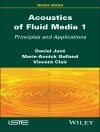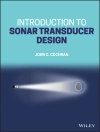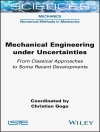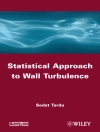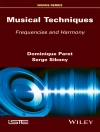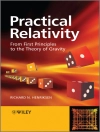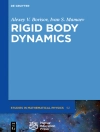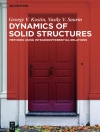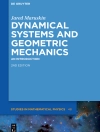This small book on the properties of continuously distributed matter covers a huge field. It sets out the governing principles of continuum physics and illustrates them by carefully chosen examples. These examples comprise structural mechanics and elasticity, fluid media, electricity and optics, thermoelectricity, fluctuation phenomena and more, from Archimedes’ principle via Brownian motion to white dwarfs. Metamaterials, pattern formation by reaction-diffusion and surface plasmon polaritons are dealt with as well as classical topics such as Stokes’ formula, beam bending and buckling, crystal optics and electro- and magnetooptic effects, dielectric waveguides, Ohm’s law, surface acoustic waves, to mention just some. The set of balance equations for content, flow and production of particles, mass, charge, momentum, energy and entropy is augmented by material, or constitutive equations. They describe entire classes of materials, such as viscid fluids and gases, elastic media, dielectrics or electrical conductors. We discuss the response of matter to rapidly oscillating external parameters, in particular the electric field strength of light, in the framework of statistical thermodynamics. Students of physics, engineering and related fields will benefit from the clear presentation of worked examples and the variety of solution methods, including numerical techniques. Lecturers or advanced students may profit from the unified view on a substantial part of physics. It may help them to embed their research field conceptually within a wider context.
表中的内容
Balance Equations.- Material Equations.- Linear Response Theory.- Examples.- Fields.- Glossary.
关于作者
Peter Hertel studied physics, mathematics and philosophy at the universities of Hamburg (Germany), Imperial College (London, UK) and Vienna (Austria) where he received his Ph.D. His scientific career led him to Heidelberg (Germany), CERN (Geneva, Switzerland), Vienna and Osnabrück (Germany) where he was appointed full professor. Although retired by now, he continues lecturing at the Applied Physics School of Nankai University (Tianjin, China). His research interests were elementary particles, statistical thermodynamics, theoretical optics and computational physics. For more than 40 years he has taught practically all subjects of theoretical physics and mathematics at different levels.


